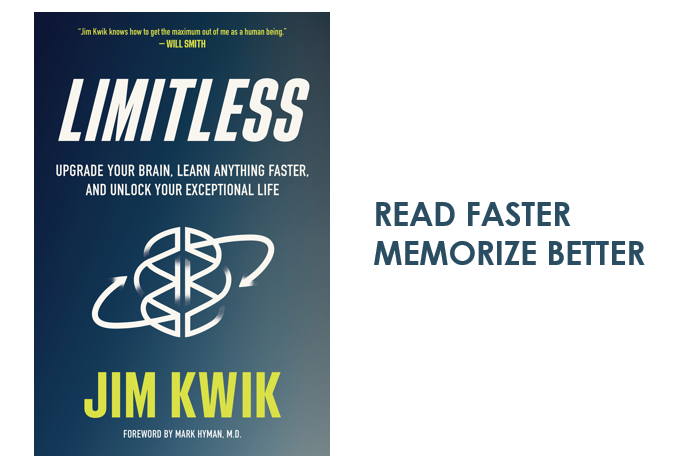
READ FASTER, MEMORIZE BETTER
In Part 1 of this post, I mentioned that my best takeaways from reading Limitless by Jim Kwik were learning how to read faster and memorize better. These two areas as perhaps the highlights of the book because these skills can be picked up and jumpstarted right after reading about them in his book. Another highlight of the book is the author himself, Jim Kwik. I also discussed a bit of his life in part 1 but you can Google him and you'd find tons of info about him and the important work he's doing.
I wanted to share what I learned from his book because it really helped me level up my learning and thinking skills and I want other people to have access to these important tools in life as well.
I could easily do a book review and recommend you to read his book but I know not a lot of people read books. This way, I can distill the information, and hopefully, after finding out how effective these techniques are, you'll be curious to read the entire book.

FAULTS IN THE OLD MEMORIZATION TECHNIQUE
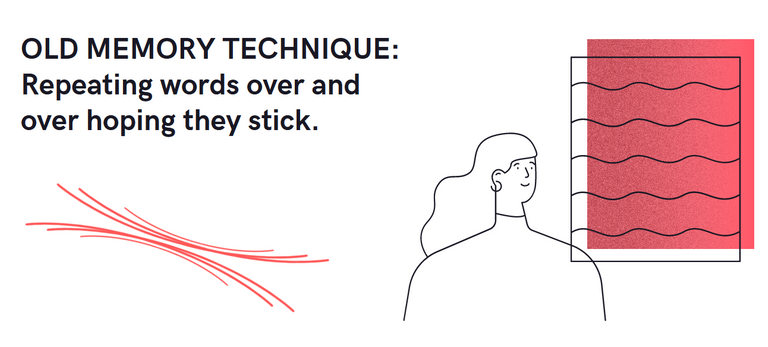
In today's digital age, we are under-utilizing the capacity of our brains because we rely on computers and external storage to do the thinking and data retrieval for us. While that is not entirely a bad thing, our brains need to "stay fit" or else it will not function the best it can when we need it to be.
The book talks about the brain as being both an organ and a muscle. It needs to be exercised to become stronger and more powerful. At school, we're not really taught how to learn or improve our memory. We're just expected to retain and memorize the things that would come up in exams.
If I asked you to memorize the following words:
Dollar
Sky
Darkness
Carpet
Orange
House
Mayor
Box
Sleep
Train
Steak
Pen
Glass
Sword
Bird
How would you do it? Do you say the words over and over in your head? Try looking away or covering the words and count how many you can recall.
Were you able to recall all the words on the list? If you were, then good job. Your memory is already excellent. But if you're like most people, you probably missed a lot of words.
Rote memorization is a classic technique that tries to cram as much information in your brain in the shortest amount of time. And it does not work. It's not consistent and you'll eventually just forget the things you memorized later on after a few hours or a few days. Repetition only works when you space it in a span of time. That's how we're able to memorize our multiplication tables.

TRAINING YOUR MEMORY
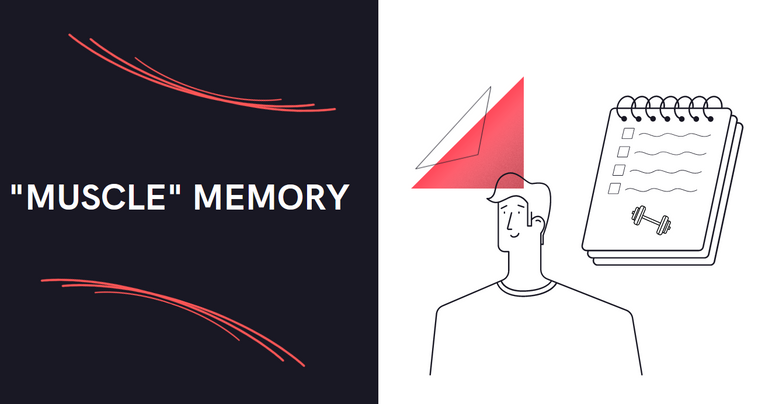
For most people, the reasons why they're not able to memorize better can be attributed to three things: (1) they just don't care enough, (2) they're not paying attention, and (3) they're not using the right methods.
Without the right motivation, we find it difficult to perform a certain task such as memorization. If it's important that you are able to recall specific things, then you're more likely to retain them. When receiving information, you will not be able to remember the ones you didn't pay attention to. The book mentions how to remember names. If you're meeting new people, you should pay close attention when they're saying their names so that you're more likely to remember them.
What I'll be sharing next are the methods to memorize words, names, and ideas better. However, having the right motivation and enough attention are still requisites in training your memory.

CONNECTED STORY TECHNIQUE
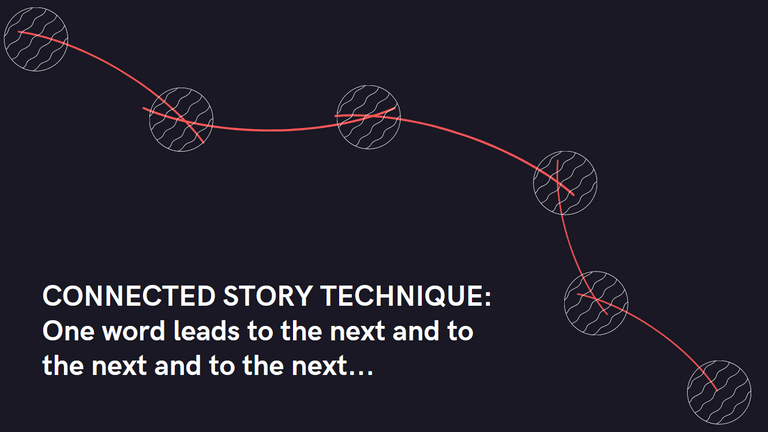
Short term memories are more likely to be stored longer in our brains when they are anchored to a lot of areas. These include our senses, association to previous memories, familiarity with known locations, and emotions or feelings. When were are able to connect a memory to these different areas, then it's easier to retain and recall it.
In the case of memorizing a set of words, the best way to make use of this connection is to put the words in a connected story. I was amazed at how effective this technique was when I learned it from the book. In the book, a set of 10 words was given for me to memorize. Using the technique, I can still recall all the words in the list and in the correct order, forward and backward, even months after reading them.
Let's go back to the words I gave earlier and apply the technique to memorize them by putting them in a connected story.
Imagine a giant dollar bill flying in front of you.
Then the dollar bill flies away to the sky.
Then the sky suddenly turns dark.
Then from the dark sky, a flying carpet descends.
Then on the flying carpet, there is an orange.
Then the orange is headed towards a house.
Then the house is the house of the mayor.
Then the mayor is locked inside a big box.
Then the box is where he sleeps.
Then his sleep is interrupted by a train outside.
Then the train is carrying a steak.
Then the steak is actually a drawing made using a pen.
Then the pen is made of glass.
Then the glass is shaped like a sword.
Then at the other end of the sword, there's a perched bird.
Read the story again and pay attention to the words from the list.
Look away or cover the words and try to recall the story and the words on the list. How many of the words were you able to recall using the story? Were you able to recall more than the first time?
If you were able to memorize a lot or all of the words, then you've used the technique effectively. If you still have trouble memorizing the words, it's fine. Try going through the story again and don't try to overthink.
This technique is incredibly flexible and can be used for almost any set of words. My tip is to start the story with an exaggerated and remarkable beginning. That way, you are able to have a memorable starting point and everything else will just flow from it. The limit to the connection of each word will depend on your imagination. You can make it as farfetched as you can but make sure that the connection is still clear.

REMEMBERING NAMES
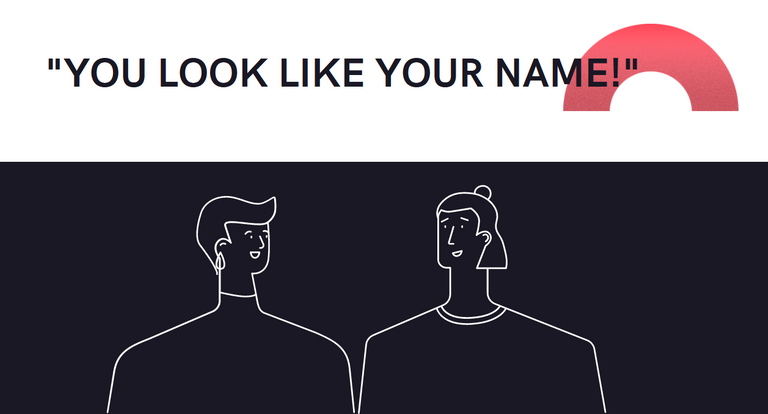
The next technique is helpful when remembering names. Having the right motivation and being attentive are still the prerequisites in remembering someone's name better. I took some of the things listed in the book that I think summarizes the technique.
The first step of the technique is to say the name of the person right after they introduce themselves. This way, you'll also be able to check if you heard or said the name correctly.
The second step is to visualize the name of the person by associating it with an image, idea, or feeling related to their name. If you're meeting someone for the first time and his name is Angelo, try to imagine him having wings or a halo above his head. I know it's silly but it's quite effective. And it's also a bit difficult for certain names. You just have to use your imagination and I recommend attaching your associations close to the face of the person so that it's easier to recall their names when you see them. For less-common names, the book suggests asking the person the origin of their name. This way, you'd get a better context of their name.
The third part of the technique is to use the name whenever you get the chance. If you're talking to the person, address them with their name. When ending conversations or saying goodbye, it's best to say the person's name.
If you meet new people on a regular basis, then you can practice this technique right away. For me, the quickest way to try this technique is by watching a new show or TV series. You won't be able to talk to the characters but you'll still be able to use the other parts of the technique. The next time you watch a new show or even a movie, challenge yourself to memorize all of the characters' names using the technique.

MIND PALACE TECHNIQUE, SPACED REPETITION & MIND MAPS: PART 3
The next techniques involve memorizing large amounts of information. I still based them on the book although I have other sources for these techniques. These are the Mind Palace Technique, Spaced Repetition & Mind Maps. I will be sharing about them in Part 3 of this post. Be sure to check that out!

And that's it! Thank you so much for reading another of my Personal Development posts. More of these will come as I plan to start a community on it. See you on the next post. Cheers!

Very interesting. I have already heard of the connected story technique, some people can memorize incredible things (even super long sets of numbers) through it.
I am happy to nominate this great post to my latest upvote giveaway for more exposure and add some love from TipU :)
@tipu curate
Upvoted 👌 (Mana: 9/78) Liquid rewards.
Thank you so much @phortun. Always grateful for your support.
@glecerioberto
muy buena el resumen de las tenicas.
voy a aplicar algunas
Congratulations @glecerioberto! You have completed the following achievement on the Hive blockchain and have been rewarded with new badge(s) :
You can view your badges on your board and compare yourself to others in the Ranking
If you no longer want to receive notifications, reply to this comment with the word
STOP